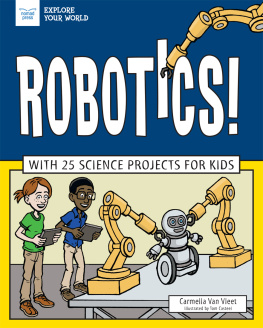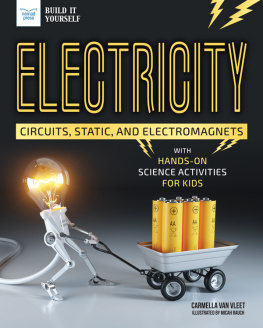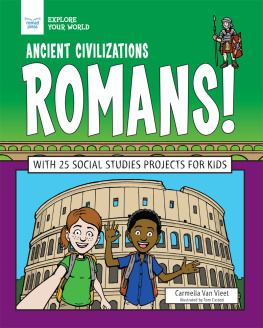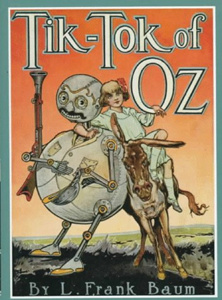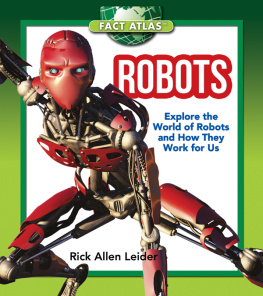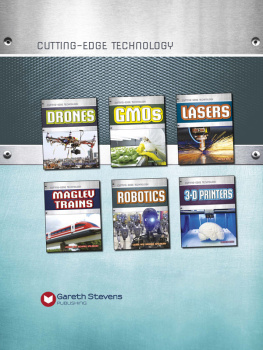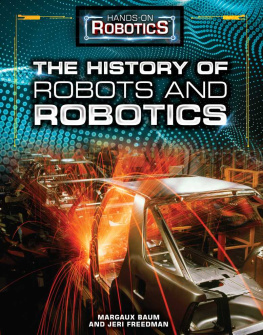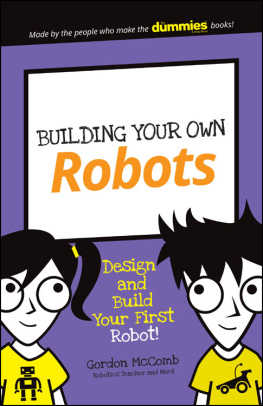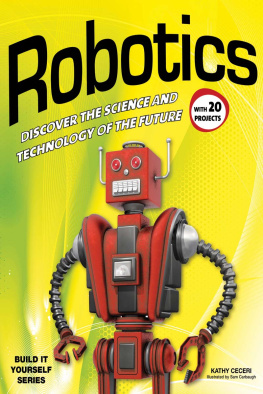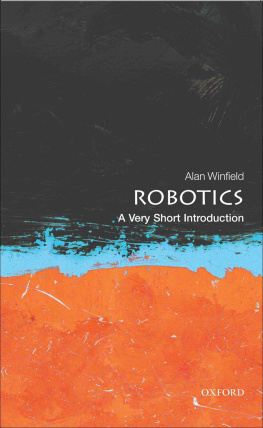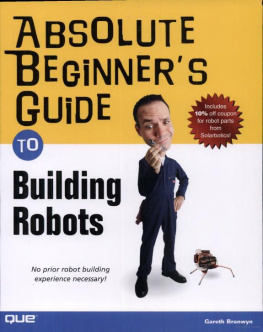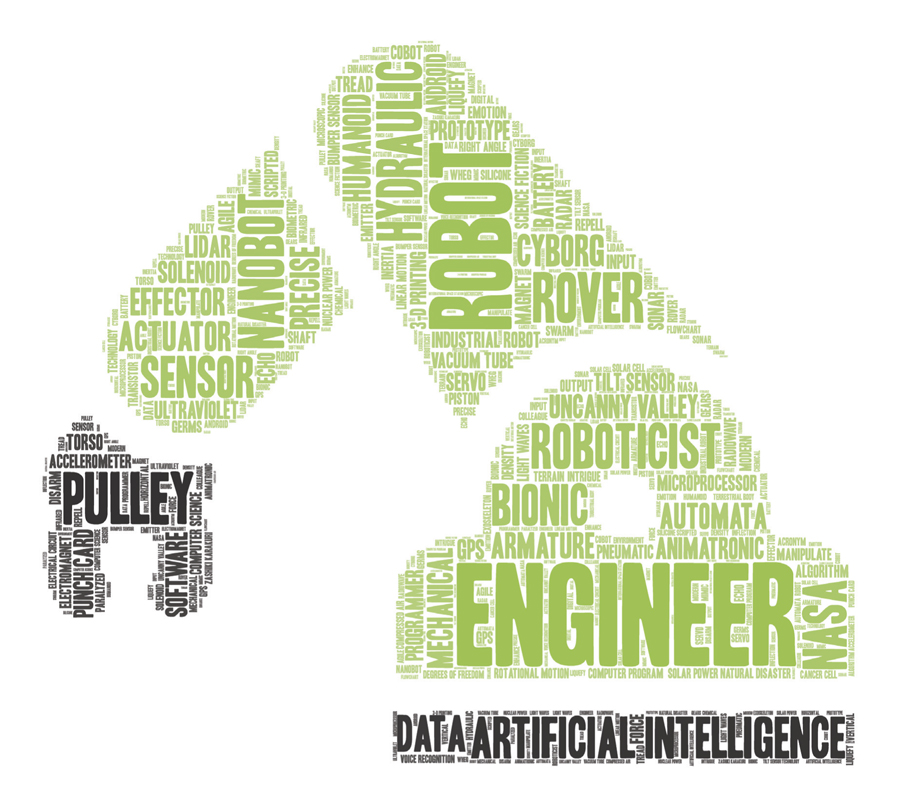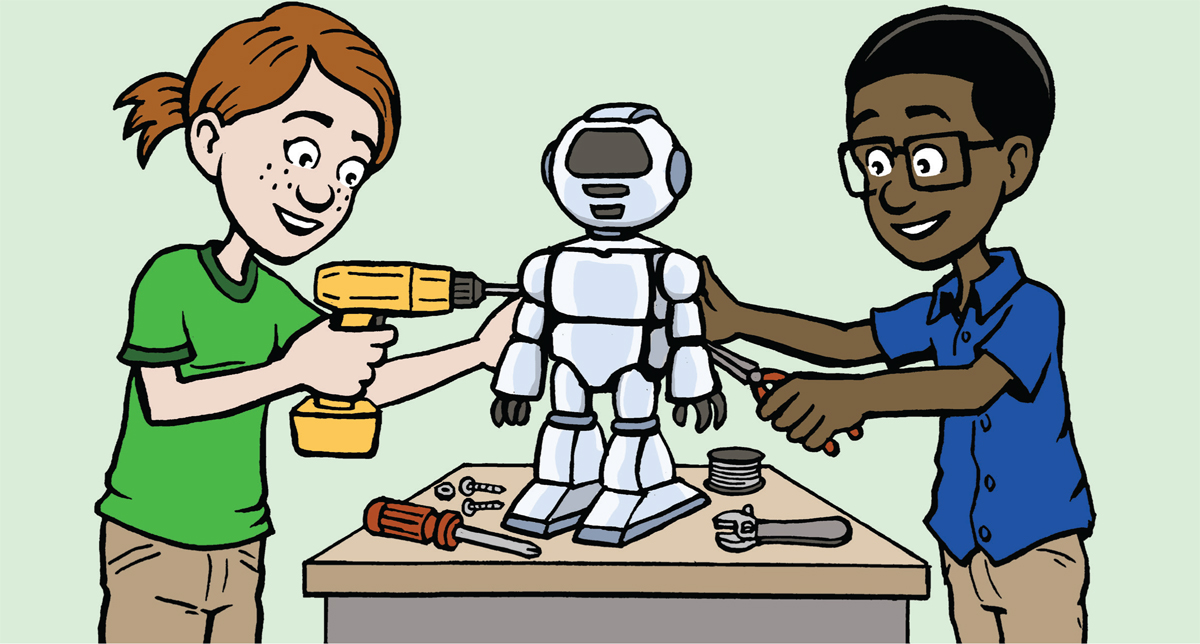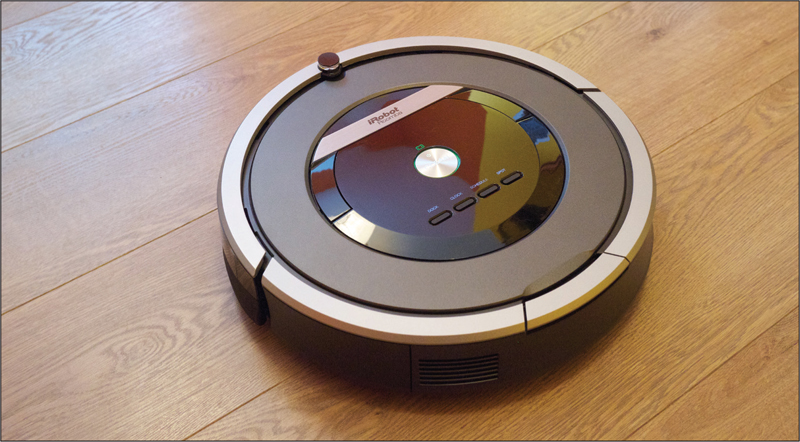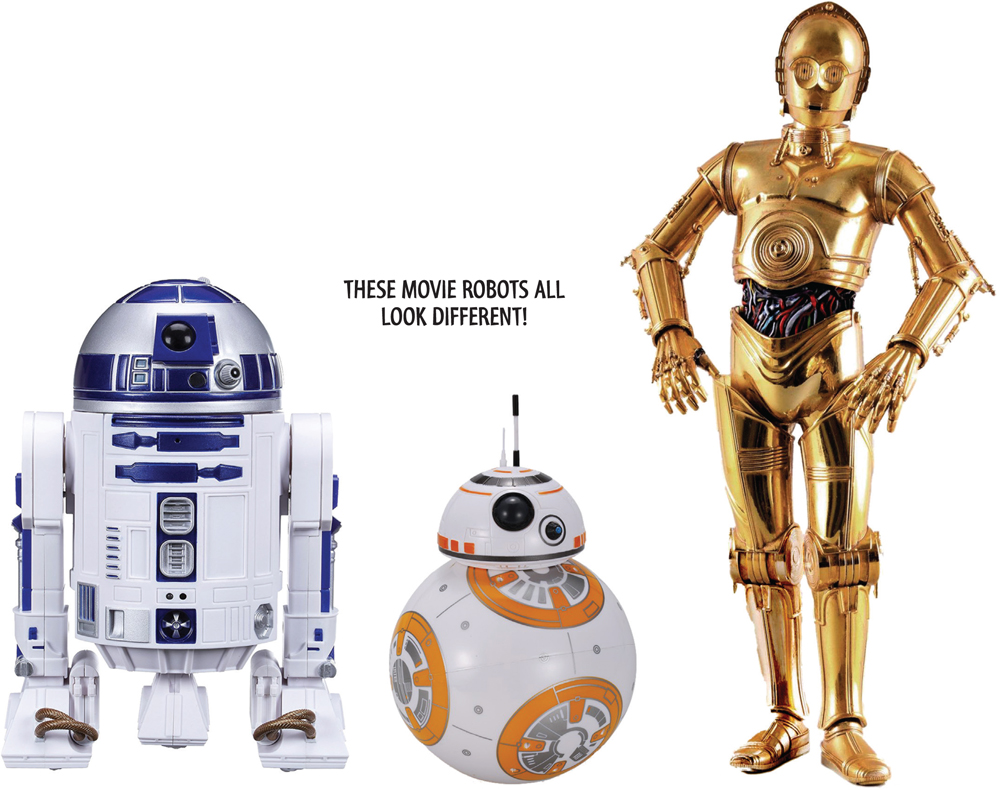Carmella Van Vleet - Robotics!: With 25 Science Projects for Kids
Here you can read online Carmella Van Vleet - Robotics!: With 25 Science Projects for Kids full text of the book (entire story) in english for free. Download pdf and epub, get meaning, cover and reviews about this ebook. year: 2019, publisher: Nomad Press, genre: Children. Description of the work, (preface) as well as reviews are available. Best literature library LitArk.com created for fans of good reading and offers a wide selection of genres:
Romance novel
Science fiction
Adventure
Detective
Science
History
Home and family
Prose
Art
Politics
Computer
Non-fiction
Religion
Business
Children
Humor
Choose a favorite category and find really read worthwhile books. Enjoy immersion in the world of imagination, feel the emotions of the characters or learn something new for yourself, make an fascinating discovery.
- Book:Robotics!: With 25 Science Projects for Kids
- Author:
- Publisher:Nomad Press
- Genre:
- Year:2019
- Rating:3 / 5
- Favourites:Add to favourites
- Your mark:
Robotics!: With 25 Science Projects for Kids: summary, description and annotation
We offer to read an annotation, description, summary or preface (depends on what the author of the book "Robotics!: With 25 Science Projects for Kids" wrote himself). If you haven't found the necessary information about the book — write in the comments, we will try to find it.
Where was the last time you saw a robot? Did you read about one in a book or see one in a movie? Maybe you saw one in a video game!
Some people think robots exist only in our imagination, but actually, robots are all around us right now. Robotics! With 25 Science Projects for Kids offers readers ages 7 to 10 an introduction to the history, mechanics, and future use of robots! Readers explore the history of robotics and discover how the first types looked and moved and what people expected they could do. Compare these early robots to those we have today, some of which dont even have bodies! Kids discover how robots have changed as decades have passed and see how they now look, think, sense, move, and do things.
Robotics! also discusses all the amazing things robots do for ushelp us around the house, go into and explore dangerous situations, build our cars and other products, assist during surgeries, and protect and entertain us. Learn all about early robots such as Unimate and Elmer and Elsie, and compare them to modern-day robots Robonaut 2 and ASIMO.
Robotics! includes 25 science-minded activities to engage budding scientists, engineers, mathematicians, and artists and help answer the questions, what exactly is a robot and where do they come from? Kids also discover how technology such as computers and other electronics of the last 50 or so years played an important role in the development of modern-day robotics. Requiring little adult supervision and using common, easy-to-find (and often recycled!) materials, kids experiment, play games, and explore components of robotics. They also build a variety of things such as their own automaton, a robot hand, and a replica of Robonaut 2. Combining hands-on fun with interesting facts, cartoons, and sidebars, Robotics provides young readers with a fun introduction to this fascinating and important field.
Robotics! is part of a set of two Explore Technology books that introduce young digital natives to the history, science, and engineering of the tech world in which we live, using hands-on STEM activities, essential questions, links to online primary sources and real-life connections. The other title in this series is Simple Machines!
Nomad Press books integrate content with participation. Common Core State Standards, the Next Generation Science Standards, and STEM Education all place project-based learning as key building blocks in education. Combining content with inquiry-based projects stimulates learning and makes it active and alive. Nomads unique approach simultaneously grounds kids in factual knowledge while allowing them the space to be curious, creative, and critical thinkers.
Carmella Van Vleet: author's other books
Who wrote Robotics!: With 25 Science Projects for Kids? Find out the surname, the name of the author of the book and a list of all author's works by series.

